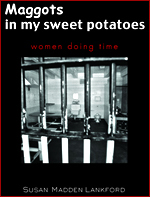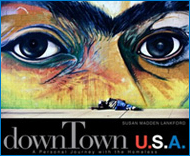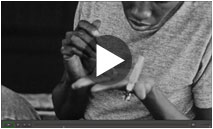![]() Hello readers, today we are going to do something a little different. Instead of examining the news and data around the issues, we are going to supply you with some resources — so that you can explore the subject of homelessness yourself.
Hello readers, today we are going to do something a little different. Instead of examining the news and data around the issues, we are going to supply you with some resources — so that you can explore the subject of homelessness yourself.
The social media platform Twitter has been in the news a lot over the past year. Even John Stewart has used it in his jokes on The Daily Show. Did you know that there is a number of homeless and formerly homeless people who use Twitter to share resources and information about living on the streets? Did you know that Twitter also has been directly responsible for helping individuals that are homeless? Here is an example from Change.org‘s Shannon Moriarty:
An LA mother and her nine-year old son have been homeless and living out of their van. Earlier this week, their van was towed by the city — along with all of their clothing and belongings. Horvath, who works during the day as an outreach worker for an LA-area shelter, tweeted the following message:
That message was received by several thousand followers. One person responded to Horvath’s message, and offered to purchase clothing, food, and even a few toys for the family. Needless to say, the family was thrilled; the young mother said it was the first time she and her son had received new clothes in a very long time. Horvath documented much of the event on video, and has since blogged about the entire ordeal here.
It may seem strange, but then again, who would have thought 10 years ago that we could carry several weeks worth of non-stop music inside our cell ph0nes? Truth is often stranger than fiction.
So here are five of the top people and organizations to follow on Twitter when it comes to the topic of homelessness (in no particular order):
- Lets start with Mark Horvath, the man who tweeted about the family in need in the example above. You can find him on Twitter under the handle InvisiblePeople.tv. His is quite the saga — going from being homeless himself to becoming the multimedia voice and face of homelessness — while using his website and a wide array of social media tools. For more background, read this CNN Tech feature about him, “Activist’s Website, Tweets Put New Face on Homelessness.”
- The National Alliance to End Homelessness is on Twitter under the handle naehomelessness. The people behind it describe the organization as follows: “The National Alliance to End Homelessness is a nonprofit, non-partisan organization committed to preventing and ending homelessness in the United States. By improving policy, building capacity, and educating opinion leaders, the Alliance has become a leading voice on this issue.”
- Then there is Homeless Tales, the “home of the Street Voices project, where the homeless and formerly homeless persons discuss the issues and tell their stories.”
- The Homeless Civil Rights Twitter account examines the issues facing the homeless when it comes to civil rights and liberties.
- Chicago Homeless, written by Andre Franciso, tweets about the homeless community in the Windy City.
So there you have it, homelessness in the 21st century even has a digital side. Go check out some of the tweets we’ve recommended. We hope that you will find them illuminating.
Source: “Will Twitter Transform Homeless Services in 2010?,” Change.org, 12/20/09
Image by simezz, used under its Creative Commons license.
Visit Us on Facebook: Humane Exposures Publishing , downTownUSA, Maggots in My Sweet Potatoes, It’s More Expensive To Do Nothing


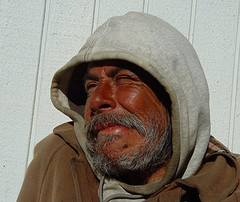 As we watch the economy spiral seemingly out of control, the specter of homelessness looms disturbingly close for people of all socioeconomic strata. Add in the chaos in the American housing market, and the picture becomes starkly unpleasant.
As we watch the economy spiral seemingly out of control, the specter of homelessness looms disturbingly close for people of all socioeconomic strata. Add in the chaos in the American housing market, and the picture becomes starkly unpleasant. The Newburyport Documentary Film Festival, now in its third year, presents 20 films. Three judges will rate the films in a number of juried categories, and, in addition, an audience-adjudicated award will also be given.
The Newburyport Documentary Film Festival, now in its third year, presents 20 films. Three judges will rate the films in a number of juried categories, and, in addition, an audience-adjudicated award will also be given. When you hear about the homeless issues in the media, it often seems that the solutions being attempted are usually centered on housing. While, at first glance, this seems the most efficient approach, it is hardly a panacea. In order to maintain a roof over their heads, the homeless need other things. Sometimes it is discipline, sometimes it is substance-abuse treatment, sometimes it is a matter of helping them become employable.
When you hear about the homeless issues in the media, it often seems that the solutions being attempted are usually centered on housing. While, at first glance, this seems the most efficient approach, it is hardly a panacea. In order to maintain a roof over their heads, the homeless need other things. Sometimes it is discipline, sometimes it is substance-abuse treatment, sometimes it is a matter of helping them become employable.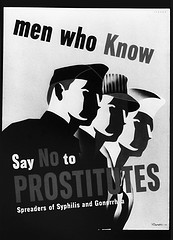
 Regular blogging will resume tomorrow, after the holiday. In the meantime, we would like to wish all of our readers a safe and happy Labor Day holiday!
Regular blogging will resume tomorrow, after the holiday. In the meantime, we would like to wish all of our readers a safe and happy Labor Day holiday!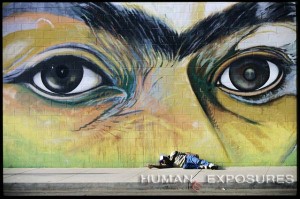 Our very own Susan Madden Lankford was recently interviewed on Poverty Insights. For those unfamiliar with the website, here is a synopsis from its
Our very own Susan Madden Lankford was recently interviewed on Poverty Insights. For those unfamiliar with the website, here is a synopsis from its 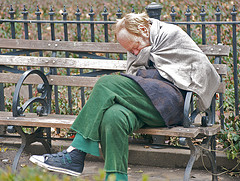 As you walk through the streets of San Diego, or any other American city, you will see the homeless. People living rough in the urban landscape. Each one is somebody’s brother, mother, son, cousin, or spouse. In addition, many of them had fought for our country.
As you walk through the streets of San Diego, or any other American city, you will see the homeless. People living rough in the urban landscape. Each one is somebody’s brother, mother, son, cousin, or spouse. In addition, many of them had fought for our country. “One size fits all” is not an adage that applies to social issues. It’s especially true in the case of education. Most of the issues we at HUMAN
“One size fits all” is not an adage that applies to social issues. It’s especially true in the case of education. Most of the issues we at HUMAN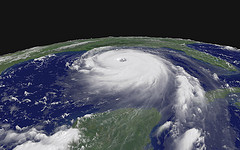 Five years ago last Sunday, the city of New Orleans flooded when the levees failed in the wake of hurricane Katrina. The time following the flood was a complex and horrible stew of tragic tales and noble moments, many of which never made it into the mainstream media. Today, I would like to take a look at one especially disturbing set of stories: the plight of the imprisoned when the flood waters rolled in.
Five years ago last Sunday, the city of New Orleans flooded when the levees failed in the wake of hurricane Katrina. The time following the flood was a complex and horrible stew of tragic tales and noble moments, many of which never made it into the mainstream media. Today, I would like to take a look at one especially disturbing set of stories: the plight of the imprisoned when the flood waters rolled in.




